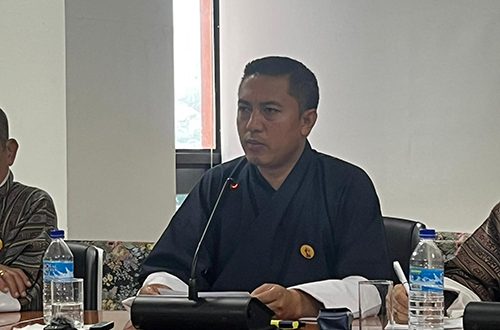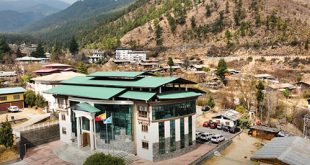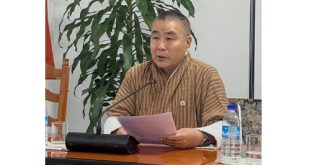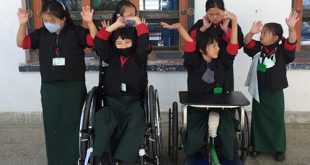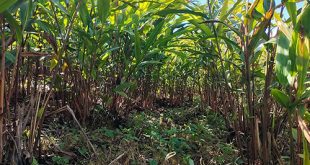During the 20th Meet-the-Press session on 1st October 2025, the government clarified that the Royal Bhutan Police (RBP) uploads photos of drug offenders on social media, only in cases of serious trafficking with significant social impact.
Minister for the Ministry of Home Affairs (MoHA), Tshering, shared that the rationale behind posting photographs on the police’s Facebook page is to raise public awareness, deter potential offenders, and encourage community vigilance.
“This measure is not applied to all offenders, but reserved for major cases involving large seizures that have broader implications for society,” Lyonpo Tshering said.
Data presented by MoHA revealed that in 2024, a total of 3,319 individuals were arrested nationwide for drug-related offenses, while 2,405 were arrested between January and September 2025. However, of these, only nine individuals’ photographs were uploaded on the police’s Facebook page in 2024, and just two in 2025 upto September.
He shared that as per RBP the “naming and shaming,” is necessary as a deterrent measure. They noted that the number of drug-related cases has shown a decline in recent years, which they attribute partly to awareness and enforcement strategies, including selective photo postings.
“Naming and shaming” is employed as a complementary approach alongside broader enforcement and preventive measures with the objective, not to stigmatize individuals but to deter crime, sensitize the public on the risks, and strengthen community vigilance.
While acknowledging the concerns about fairness, the government reiterated that this practice will remain restricted to severe trafficking cases, ensuring that it serves as an effective tool without undermining individual rights.
Within the media itself there is lack of consistency. The same media houses that question uploading drug offenders’ pictures have been celebrating the images of trash throwers uploaded by Thimphu Thromde.
The government also highlighted the mechanisms currently in place to combat drug issues. These include strict enforcement and surveillance measures such as highway inspections, patrols in hotspot areas, nationwide marijuana eradication drives, and drug testing.
Intelligence-led policing guides targeted operations, while community engagement is promoted through awareness programs, sensitization initiatives, and social media campaigns. Collaboration with relevant stakeholders further strengthens coordinated action against drug offenses.
Looking ahead, the police plan to enhance their efforts by integrating technology such as data analytics and CCTV monitoring, while investing in capacity building for law enforcement personnel. Cross-border collaboration with neighboring countries is being strengthened, along with rehabilitation programs for offenders. The RBP also aims to expand community policing and reinforce the role of the Police Drug Task Force. Nationwide awareness campaigns involving local leaders and communities in all dzongkhags are part of the future strategy, and the National Drug Task Force has already conducted 13 meetings to coordinate these initiatives.
 The Bhutanese Leading the way.
The Bhutanese Leading the way.
